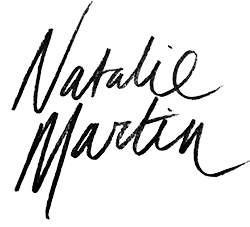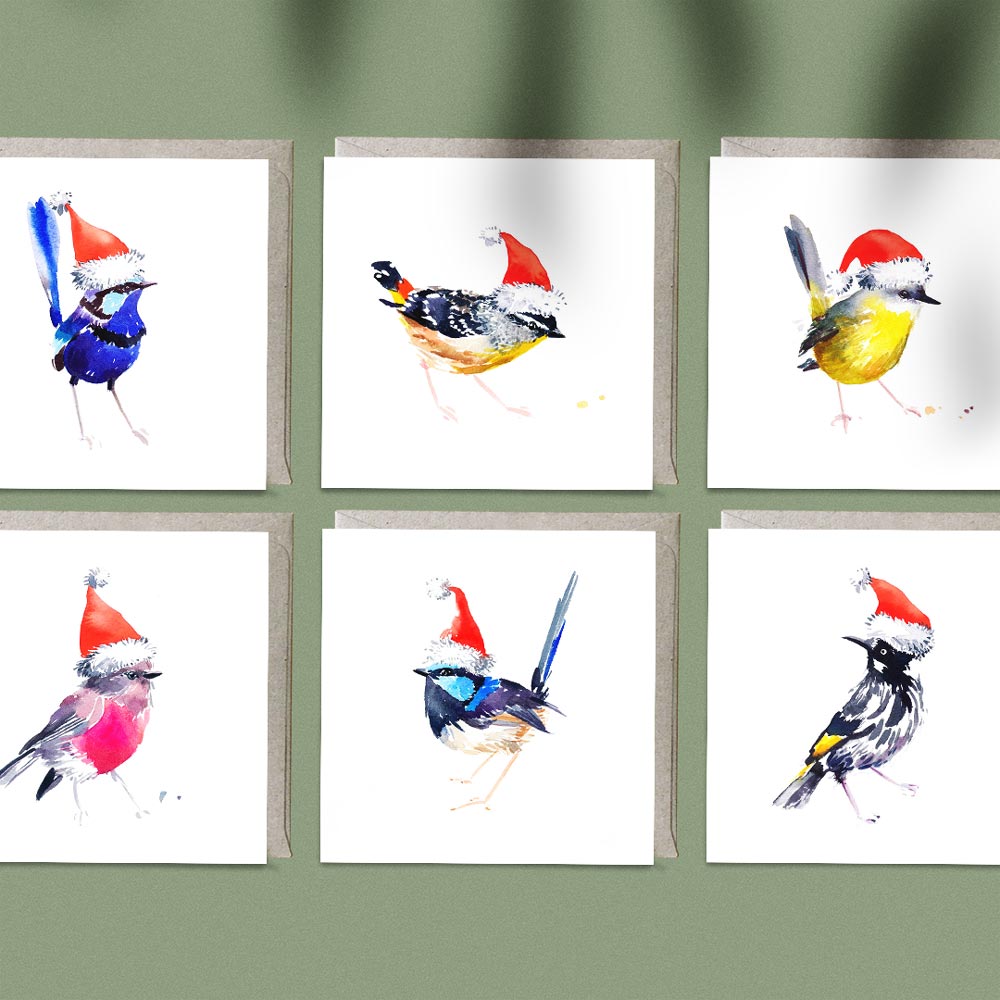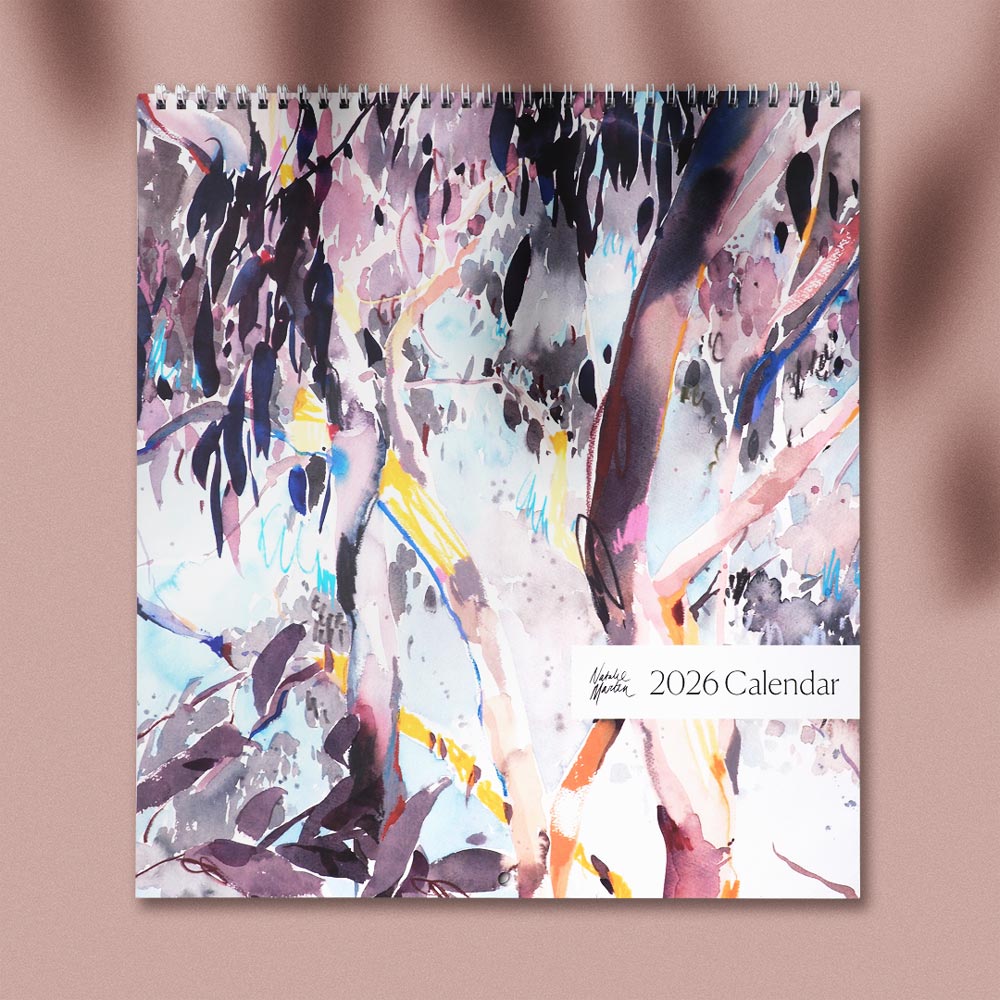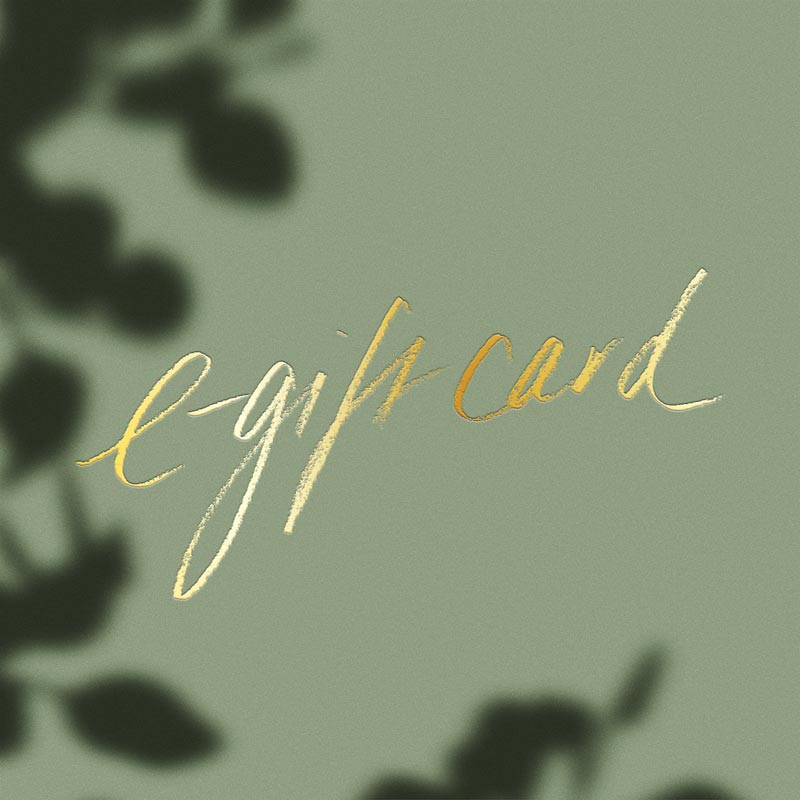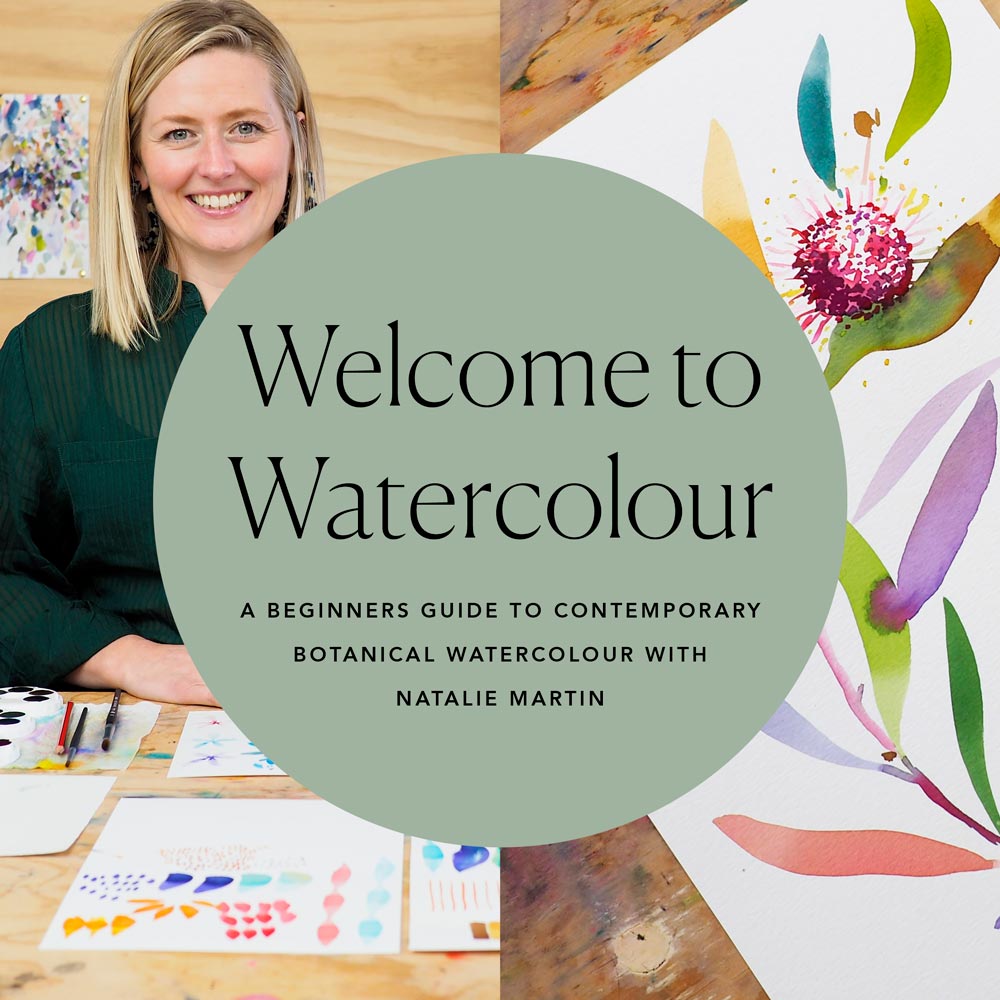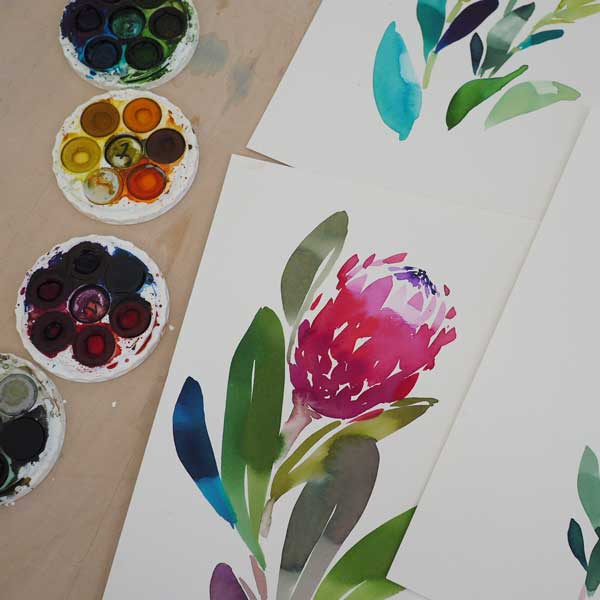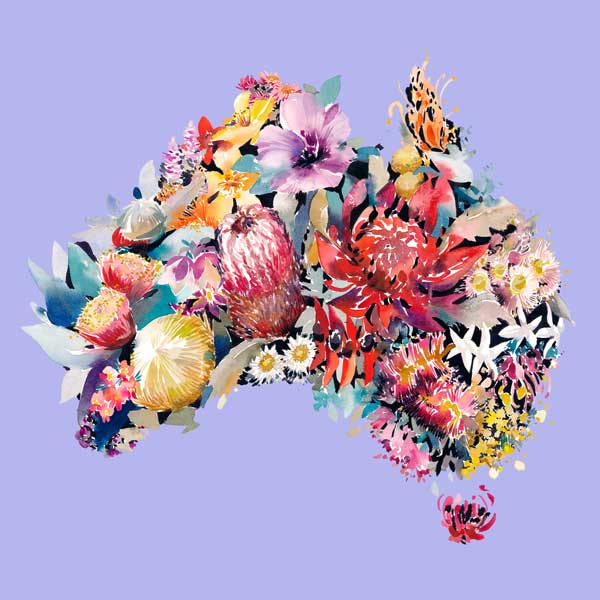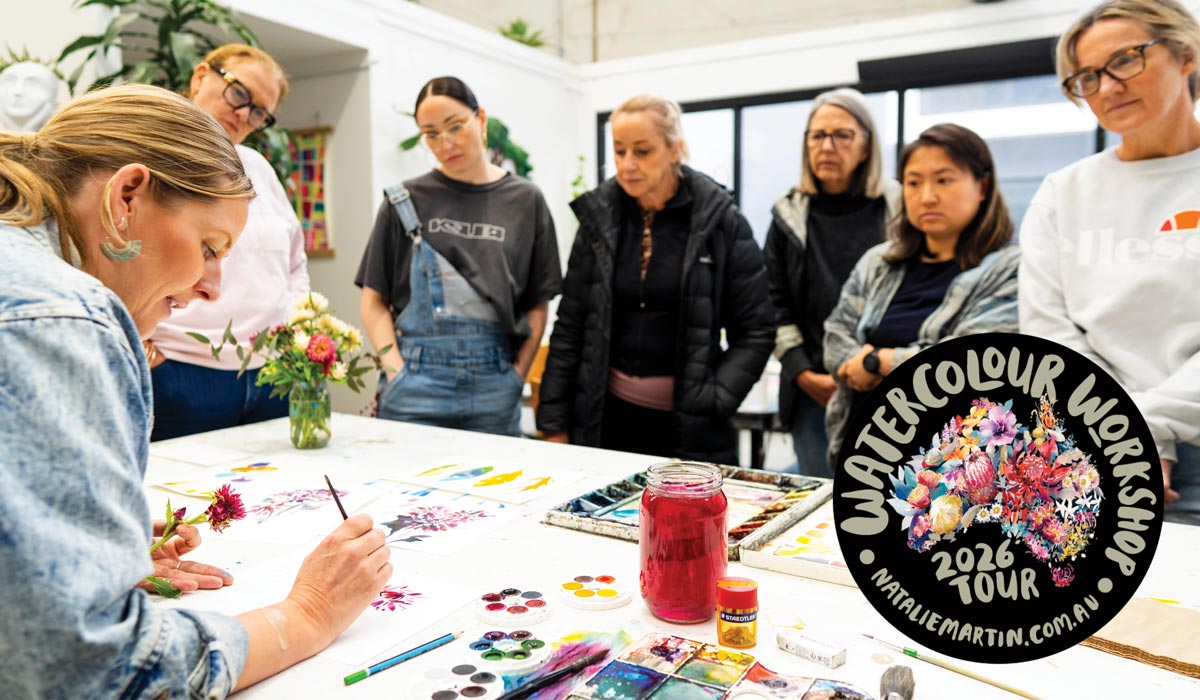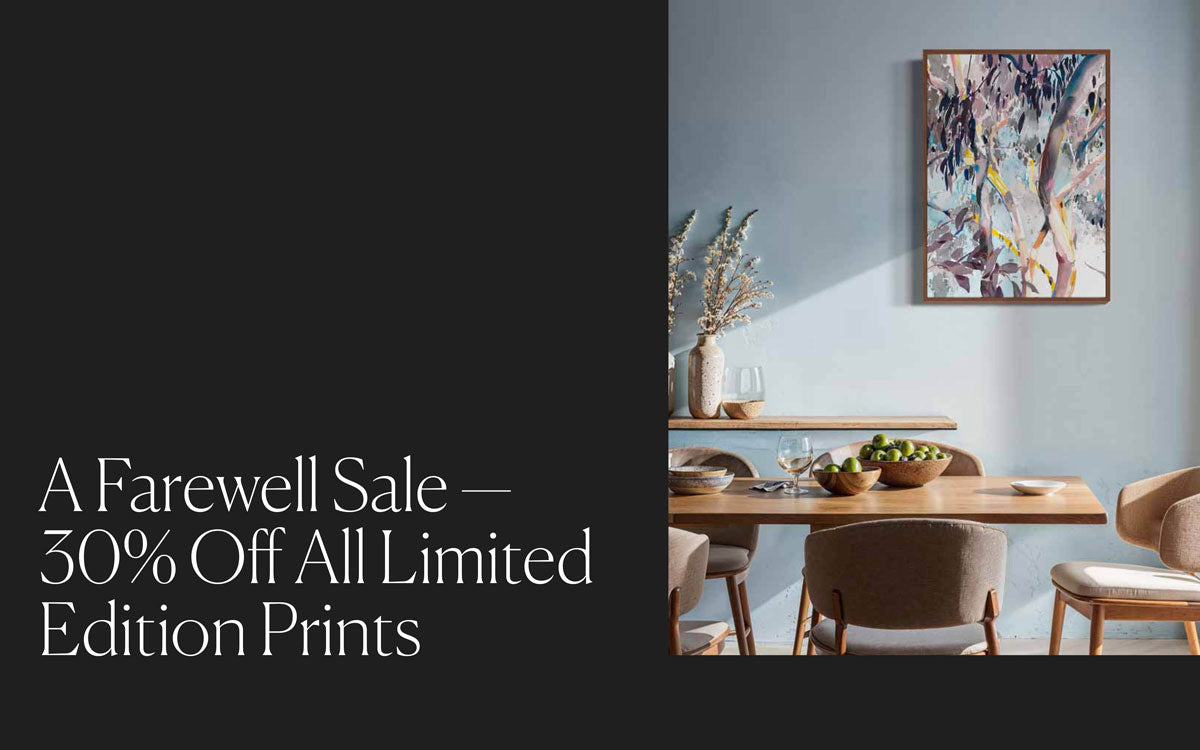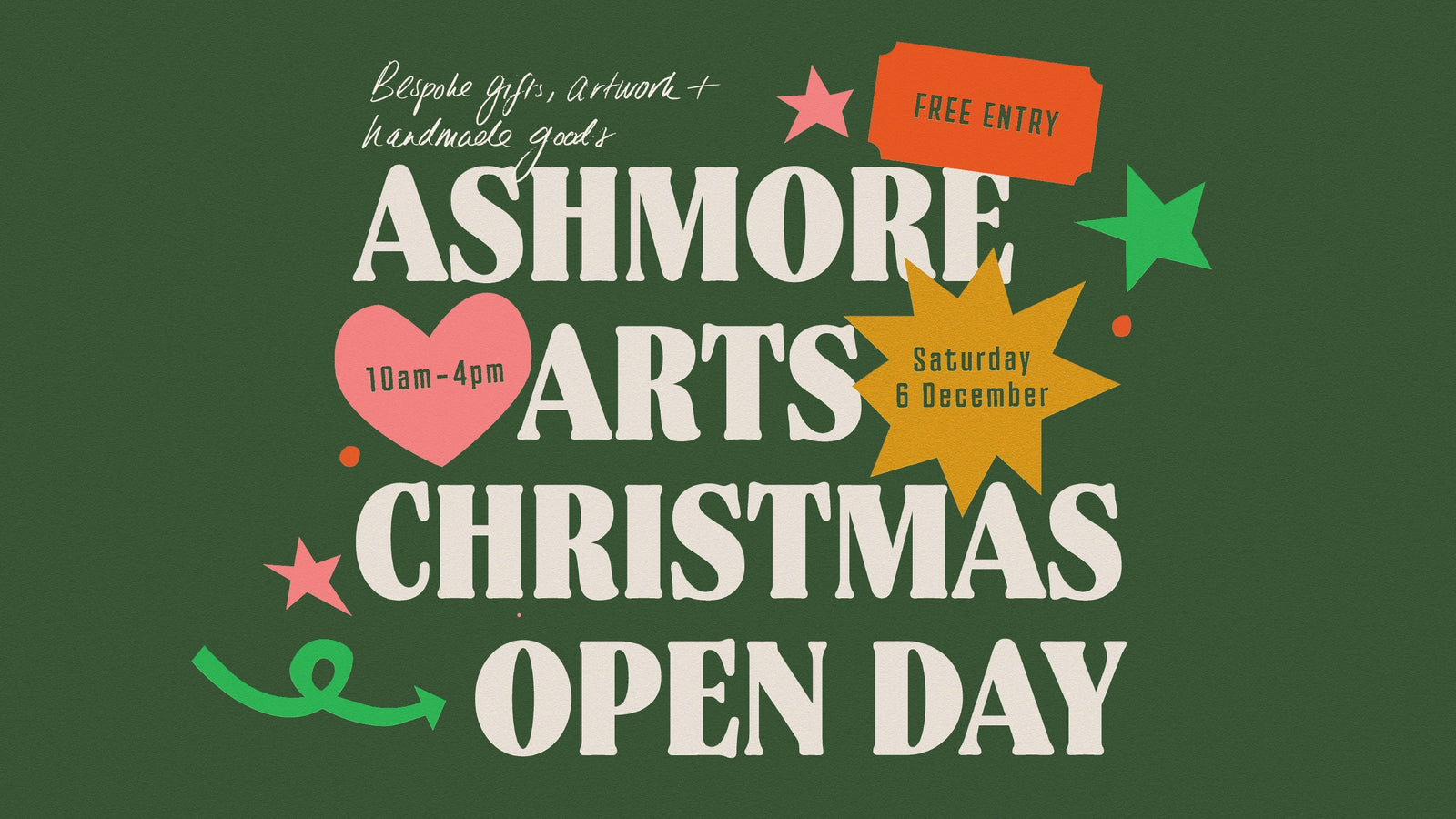![My Favourite Art Materials - Updated [2023]](http://nataliemartin.com.au/cdn/shop/articles/compose-paint-create-part-1-13_1600x.jpg?v=1683860724)
*This post contains affiliate links, so I may earn a small commission when you make a purchase through some (not all) of the links on this site at no additional cost to you. I would only ever recommend products I would use and all the opinions expressed here are my own.
I created this post a few years ago and thought it was time to update it, as I've discovered new things and wanted to share them with you!
I am still one of those people who go totally giddy with excitement at the art store. I love trialling new brands and materials all the time. Below is a list of my favourite materials that have become staples at my studio. I love to explore materials and see what new things have to offer. This endless curiosity is constantly opening doors for me with how I approach and use watercolour.
In my workshops and online courses I have a list of recommended supplies to get you going (view it here). These aren’t necessarily the materials I use myself, instead I’ve done the research and found the best quality vs cost solutions for a beginners kit. I am of the belief that when you are starting out, you don’t need the best of the best professional quality art materials. Instead of an enormous set up cost for an occasional hobby, why not start smaller? I also think your personal preferences will develop as you explore the medium further and you expand your kit as your interest grows and your painting skills develop.
Listed below are some of the items you’ll find in my kit currently. If you are looking to expand your painting supplies beyond the starter materials, this may give you some ideas.
Brushes

It’s a toss up whether I love brushes or paper more!! My preference is pretty much always various synthetic rounds. Just before the filming of Lessons in Layering in 2021, I picked up Polina Bright’s cruelty free, vegan brushes. I was dying to use them in the filming but decided to stick with my familiar Princeton Elite brushes. Since then though I haven't put them down and her brushes are the ones I reach for the most.
The bristles on them are substantially longer than your common synthetic round which give them amazing water holding capacity and a really nice smooth line on the paper. They also hold an incredible point for the size of them. The sizing is a little different to your typical synthetic rounds, they come in 0, 1, 2 and 3 - which is more like an 6, 8, 10, 14.
I'm dying to try the mop brushes as well, I've ordered them and eagerly await! I'll update this once they are here.
I ended up reaching out to Polina Bright and I'm now an ambassador for the brushes. She's kindly offered 10% off for my students as well, just use the code NATALIE_MARTIN when you shop here: www.polinabright.com/natalie_martin
I have a host of other brushes too, mostly synthetic rounds. Every brand has a different profile on the brush tip, a different handle, they hold different amounts of water and have a different amount of springiness in the bristles. For example, Princeton Velvet Touch synthetic round brushes have a fiercely sharp tip compared the Polina Bright brushes or even other Princeton Brushes. I've held onto them all and they all serve slightly different purposes for me. My little size 6 Neef synthetic round has a lovely rounded tip, leaving a softer mark. You get familiar with all the qualities the more you work with them and reach for them when the time calls.
Paints

I have a variety of paints I use. The majority of my works are created using professional watercolour paint tubes by Daniel Smith. I also have a couple of colours I prefer in the Holbein collection and I've been trialling Schmincke's Super Granulating colours.
I absolutely loved the super granulating colours, in particular the one called 'Tundra', a soft dusky purple that granulates wonderfully. If you're interested, these colours are available in sets of 5 tubes, the large set features 15ml tubes in a wooden box. The smaller set are 5ml tubes in a little cardboard box, so the larger set is much better value but if you are just wanting to have a play the small set will do just fine! You use such small amounts of the paint the 5ml would go a long way.

I squeeze the tubes of paint into a palette, let them dry over night and that way when I collect the paint I’m only grabbing as much as I need. When the paint is wet it is very easy to collect too much and you end up rinsing it all off your brush and all your precious paint runs down the drain. The added benefit of buying tubes is that you can pick and choose the exact colours you want on your palette.
There’s no particular reason for me choosing those brands beyond they are readily available at my local art store and I'm very happy with the results they give me!
I also sometimes use the Micador (Sometimes called Koh-I-Noor) Brilliant watercolour discs, the 24 colour set, that are provided in the beginners kit. I love the vibrancy of the colours. These are far more saturated than the traditional watercolour paints. They have also released a 36 colour set and a 48 colour set. These are synthetic dye based watercolour paints, they move beautifully but tend to stain the page. I highly recommend them as your first foray into watercolour as the value vs cost is amazing.
And just for a fun fact, my very first set of proper watercolour paints was a Sennelier paint set with half pans. I still have it, but the small pans don't suit the size work I do now. They don't make the exact one I have anymore (it is about 20 years old!) but it was something similar to this.
Paper

My love for paper is so so real! And probably out of everything, the thing I love to explore the most. I’ve tried just about every brand and weight and colour of paper I can find. It varies so much and the colour and tooth (texture of the paper) can have a dramatic effect on your finished work. My go-to paper is Saunders 425gsm Cold-pressed White in loose sheets, which can be hard to come by so I'll also grab the 300gsm if I see it. I will have that on hand at all times, along with the High White as well. The White is more creamy, and the High White is a neutral bright white. I love the tooth on this paper, I prefer it over the other available brands.
I’ve also explored bamboo watercolour paper, and recycled cotton watercolour paper. I haven’t been able to find them in large enough sheets or quantities but love doing some smaller works on these. The recycled cotton watercolour paper I love is called Khadi paper, each piece is unique and has little flaws and faults making it very special. The edges on all sides are beautifully deckled.
Both the Awagami and Hahnemuhle bamboo papers are lovely to work on and have quite a distinctly different texture, they also manage the water a bit differently too. Definitely worth exploring!
If you are just starting out and don't want to spend a fortune, I highly recommend the Canson Montval 300gsm watercolour paper, it is very sturdy and great for practice. The best value is the A3 100 page jumbo block, or if you just want to get some to try it's also available in A4 and A3 12 sheet pads. I would avoid the 200gsm, and go straight for the 300gsm for a better painting experience.

Palettes

In my workshops and classes we inevitably end up talking about palettes! I can't tell you how many palettes I've tried, I have a veritable palette graveyard in my studio! I've only every gotten attached to a few. The one I get asked the most about is a flat plastic one I bought at my local art shop. It's actually an oil palette, but I was after something flat and light to travel with and it seemed perfect. The slight raised grid prevents all your watery mixtures bleeding into one another.
As I do a lot of mixing, I find any palettes that are mostly wells really hard to work with. I like a large mixing area in the middle of the set up. The one I settled on (in the picture above) is this one. I needed it to be plastic so it's nice and light for travel - for both interstate workshop purposes and working en plein air. Ideally I wouldn't have a plastic one, as plastic certainly isn't ideal for the environment! It also needed to have a lid to protect from dust and damage during travel. This one's lid doesn't fully seal - if it did it would be the perfect palette for me! So I have to be careful when packing up as it would leak everywhere.
I do generally recommend an old porcelain plate or white tile as your first palette. They never stain, you can mix and see your colours clearly. There are some really nice porcelain palettes out there too, if I didn't move around so much I would definitely get one of these instead. This Meeden 33 Well Porcelain Palette is so similar to my plastic one, it also comes in half the size if you needed something more compact. This round version looks pretty awesome too.
If you're working with the Micador paint set and just need more space for mixing, this little flat palettelooks ideal too. Simple and porcelain, an upgrade from your basic plate or tile!
My final recommendation as you are learning is don’t get too stuck on any one thing, you never know when you might stumble across a game-changer! The exploring of materials is an essential part of your artistic practice, it’s something to be enjoyed.
